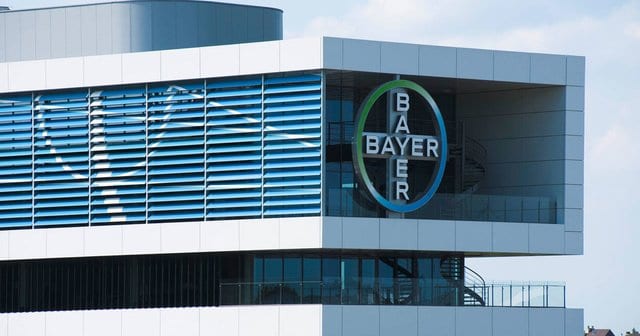An investigational breast cancer drug Bayer recently licensed from Systems Oncology has shown strong antitumor responses in mice, offering early clues as to why the German pharma shelled out $25 million for the preclinical asset last September.
The drug, dubbed ErSO, works by over-activating a normally tumor-protective pathway to make it toxic for cancer cells. It eradicated both primary and metastatic tumors in mouse models of estrogen receptor-positive breast cancers, according to results published in Science Translational Medicine.
The pathway ErSO targets is called the anticipatory Unfolded Protein Response (aUPR). Through mild and transient activation, aUPR prepares ER-positive cancer cells for growth and protects them from stress such as anticancer treatment.
But in a PNAS study in 2015, a research team from the University of Illinois at Urbana-Champaign led by biochemistry professor David Shapiro, Ph.D., showed that massive and sustained activation of aUPR with a drug could instead inhibit protein synthesis, depriving ER-positive breast cancer cells key building blocks necessary for survival.
For the new research, Shapiro and colleagues identified ErSO as a more potent aUPR hyper-activator that could selectively kill ER-positive breast cancer cells.
In multiple mouse models of ER-positive breast cancer, ErSO quickly killed off tumor cells in high numbers just days after treatment. Combined data from four mouse models showed that 38 of 39 tumors regressed by over 95%, with about half of cases reduced to undetectable levels, the team reported. Even tumors that didn’t completely disappear and regrew after stopping treatment still remained fully sensitive to another cycle of ErSO, the team found.
In another mouse model bearing mutant, patient-derived breast tumors with low expression of ER, oral ErSO treatment outperformed standard-of-care therapies tamoxifen and AstraZeneca’s Faslodex (fulvestrant) at blocking tumor growth, the team found.
“Many of these breast cancers shrink by more than 99% in just three days,” Shapiro said in a statement. “ErSO is fast-acting and its effects on breast cancers in mice are large and dramatic.”
What’s more, the Bayer drug also significantly reduced cancer metastases at multiple locations, including the lung, bone and brain, the researchers showed.
The success of Faslodex has prompted several biopharma companies to develop next-generation selective ER downregulators (SERDs). They include Sanofi, which is moving its drug, amcenestrant, into a phase 3 trial against tamoxifen after showing promising early results in combination with Pfizer’s CDK4/6 inhibitor Ibrance.
Roche is pairing its SERD drug, giredestrant, with Ibrance in the phase 3 persevERA trial. And Radius Health is working with Menarini on an oral SERD dubbed elacestrant. It expects phase 3 data from the EMERALD trial later this year.
The UIUC team noted that in mouse models, second-generation SERDs typically induced moderate regression of primary tumors. Those that were tested against metastases showed limited efficacy. And resistance is still a risk with CDK4/6 inhibitors.
Compared with the common inhibitory modes of action against ER, ErSO could offer “a turn-on approach to convert a tumor-selective protective pathway into a lethal, targeted anticancer response,” the researchers wrote in the study. The drug’s ability to target metastatic tumors and its activity in ER-low tumors that are traditionally considered ER-negative could broaden its potential therapeutic range, the researchers said.
Bayer picked up global rights to ErSO in September for $25 million upfront, and Systems Oncology is eligible to receive milestone payments of up to $345 million.
While the current study found the drug was well tolerated in mice and dogs, further safety analyses are needed before it can be tested in humans, the UIUC team said. The researchers also plan to explore ErSO’s use against other types of ER-positive cancers.

